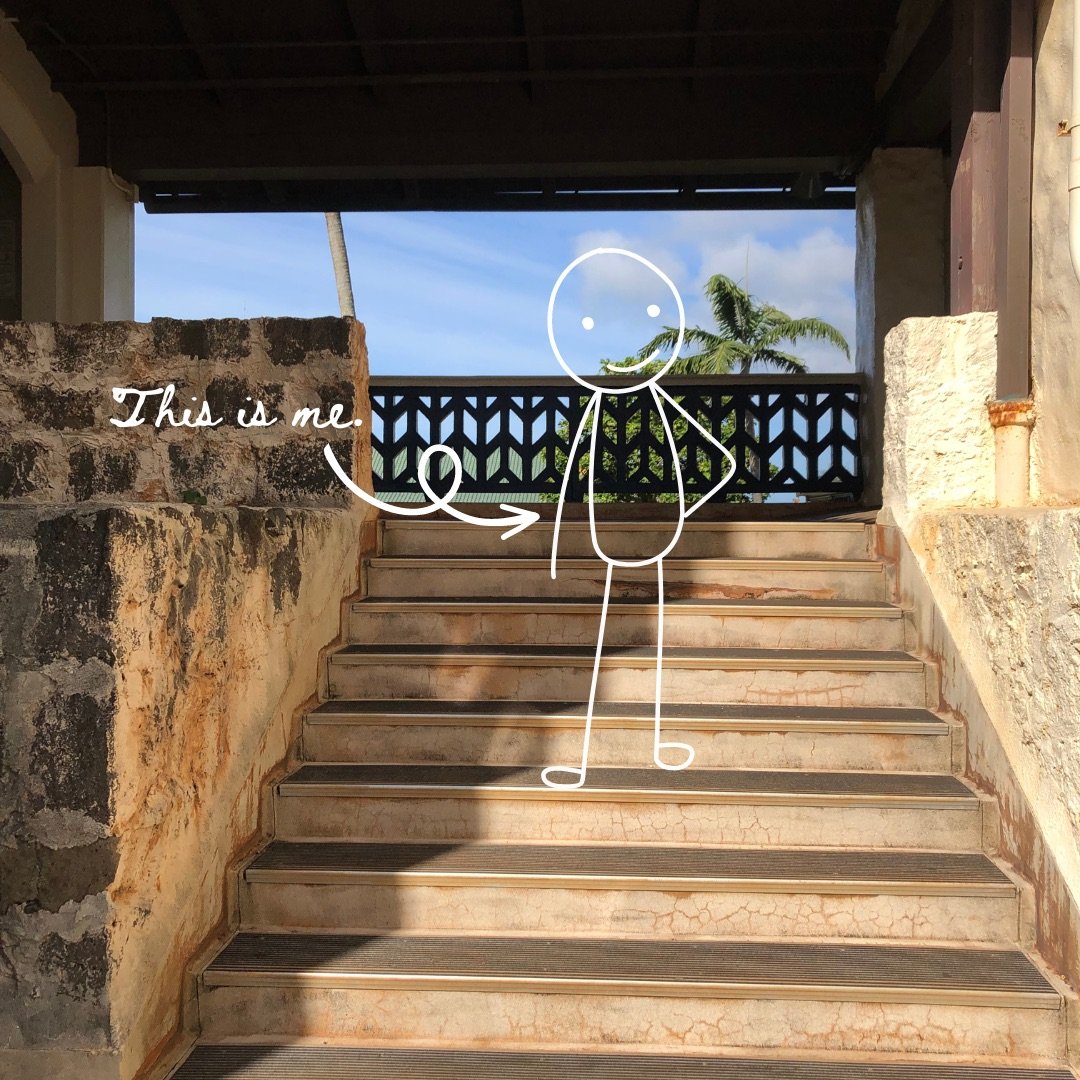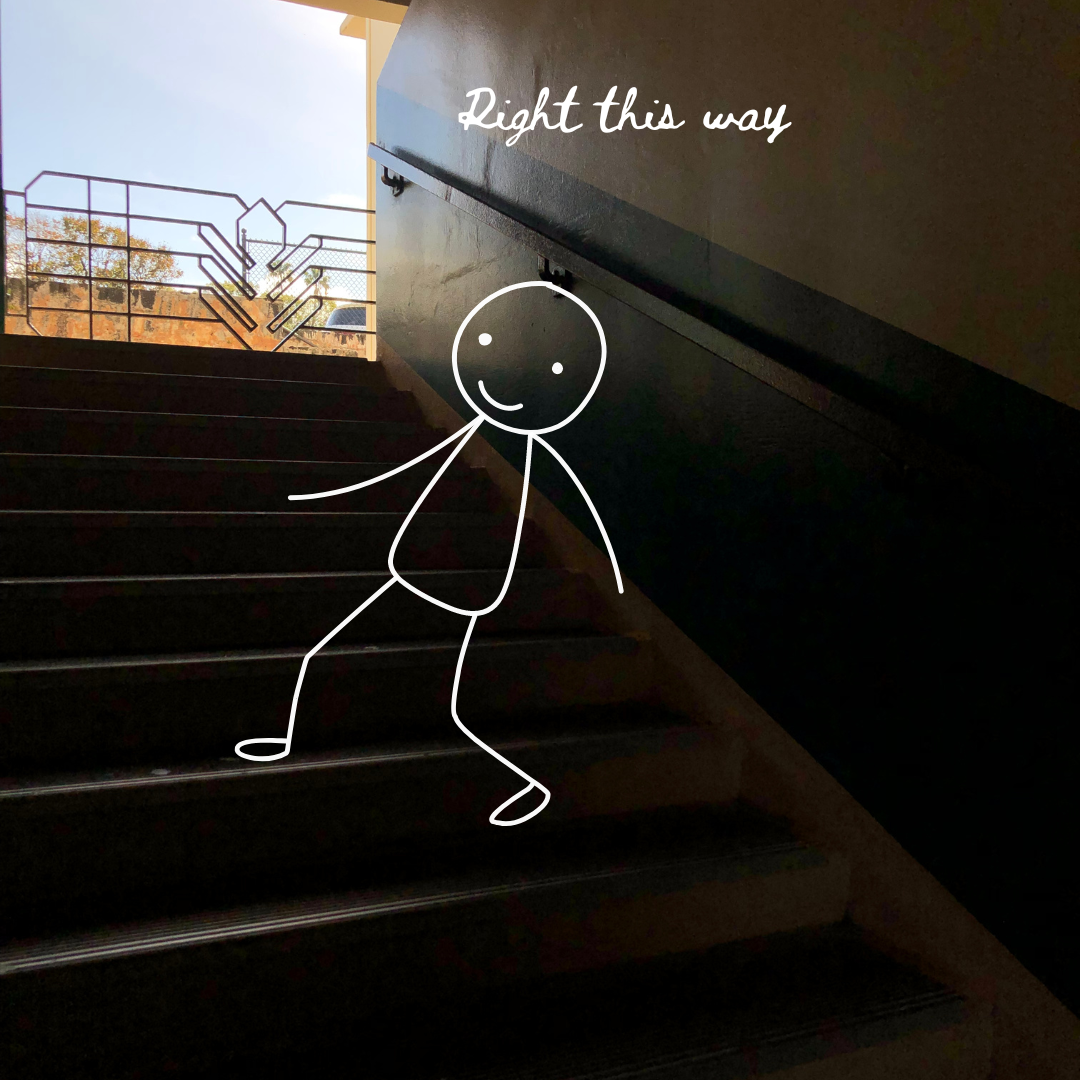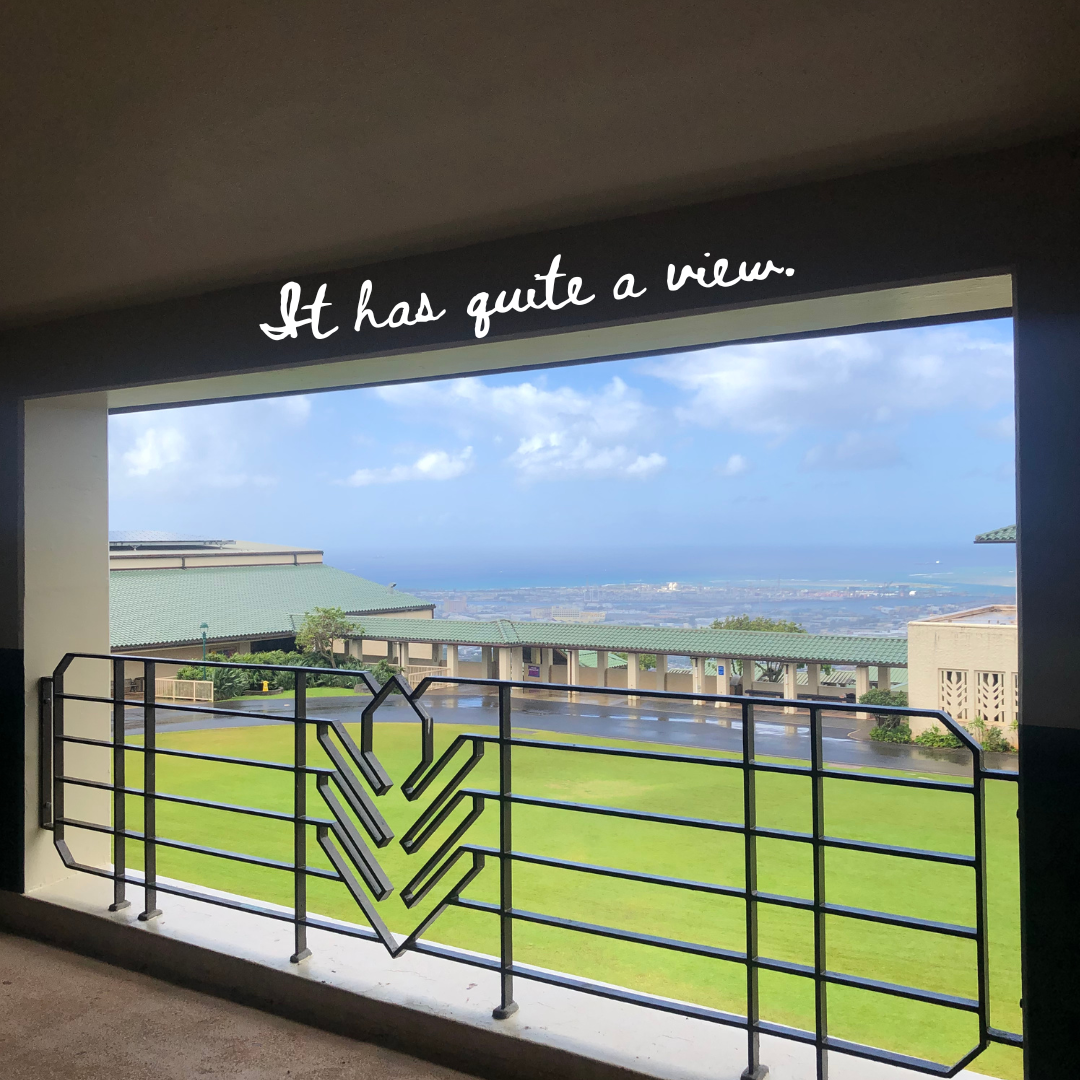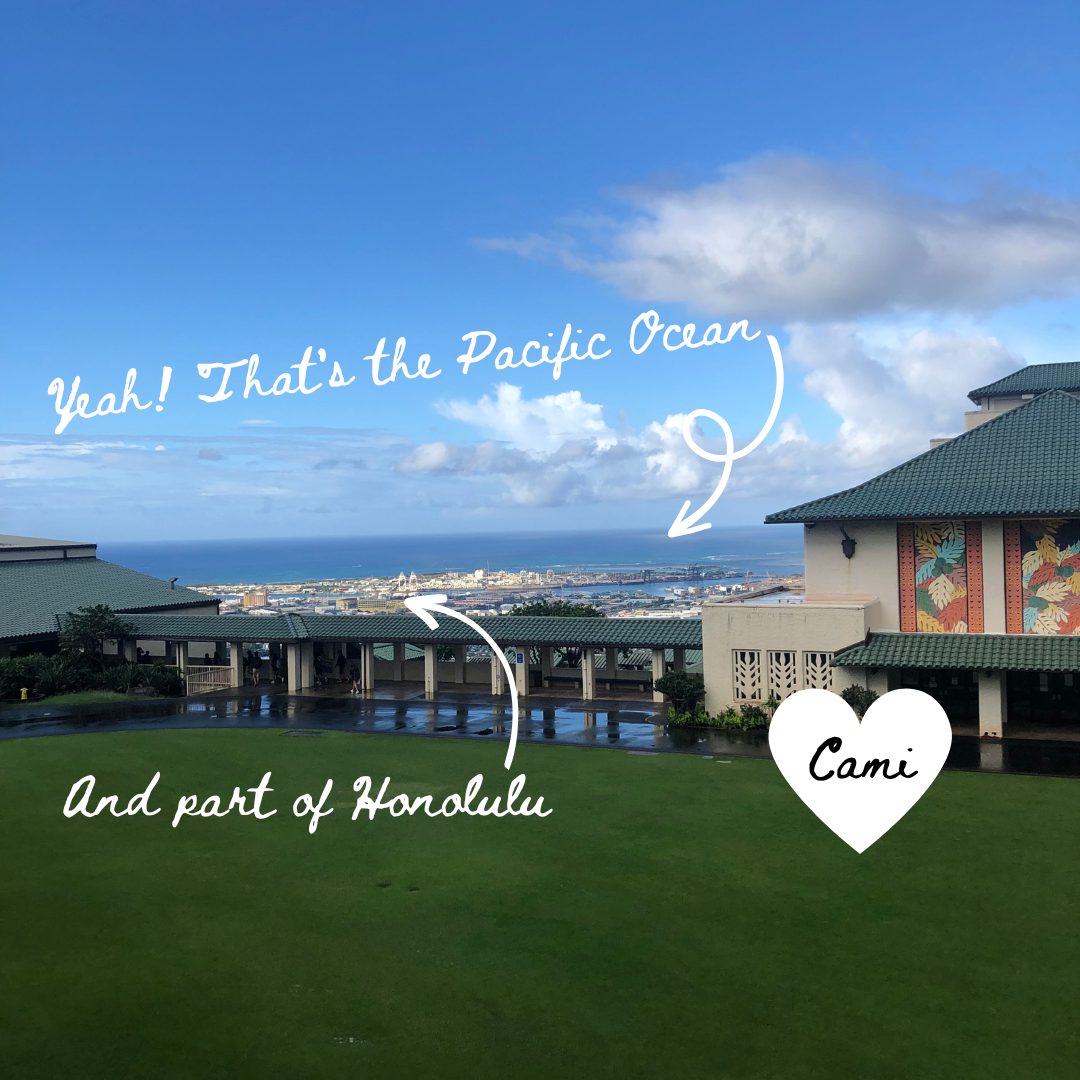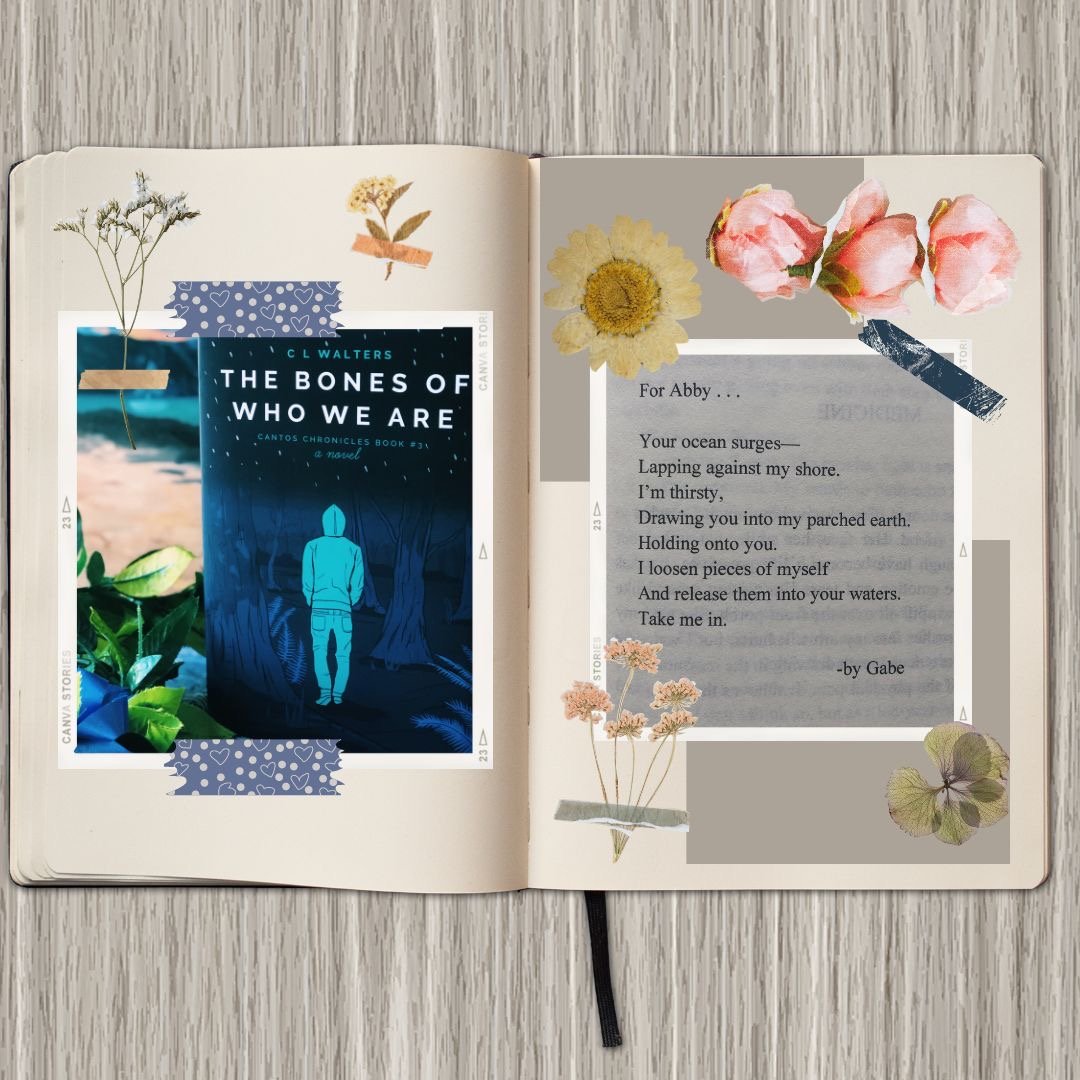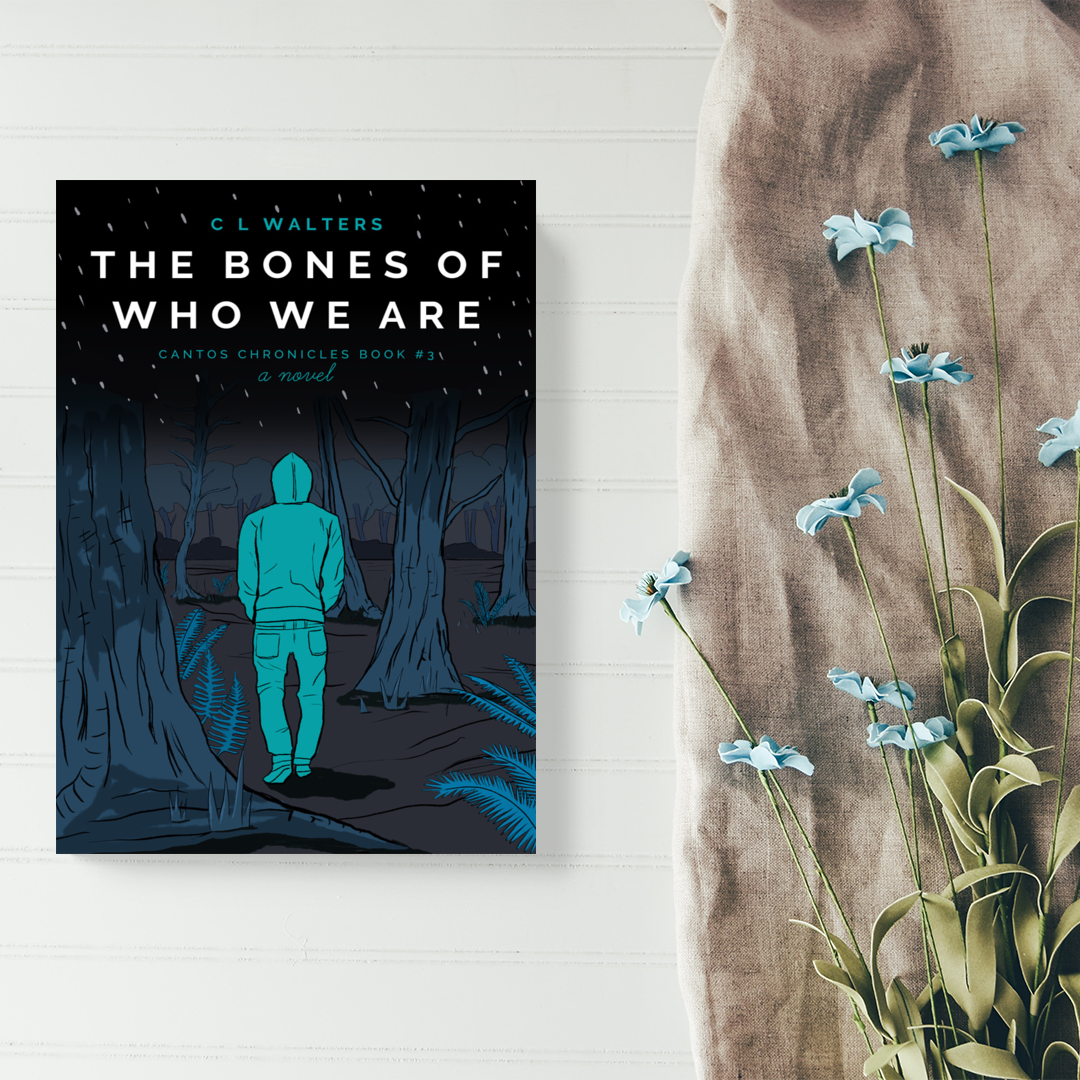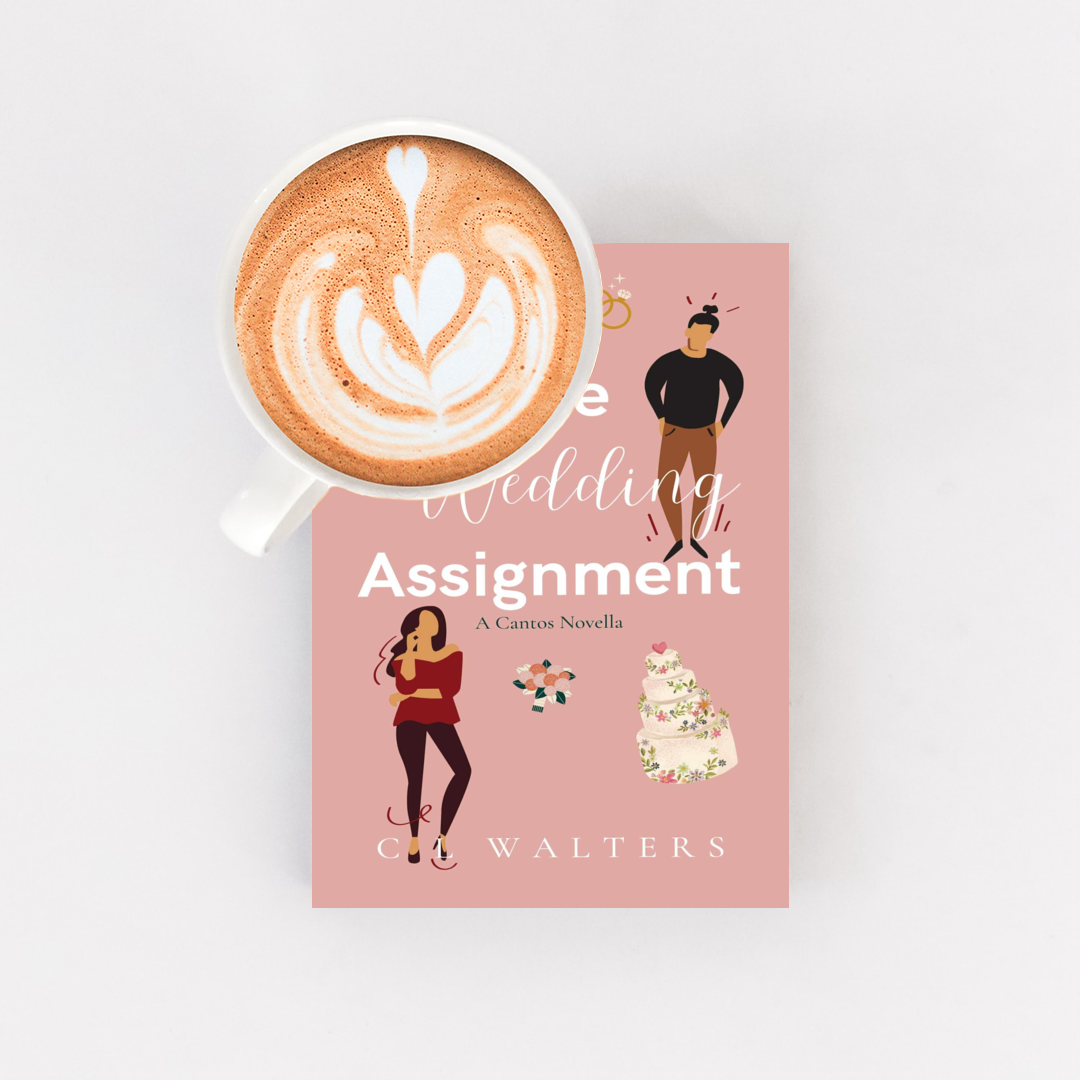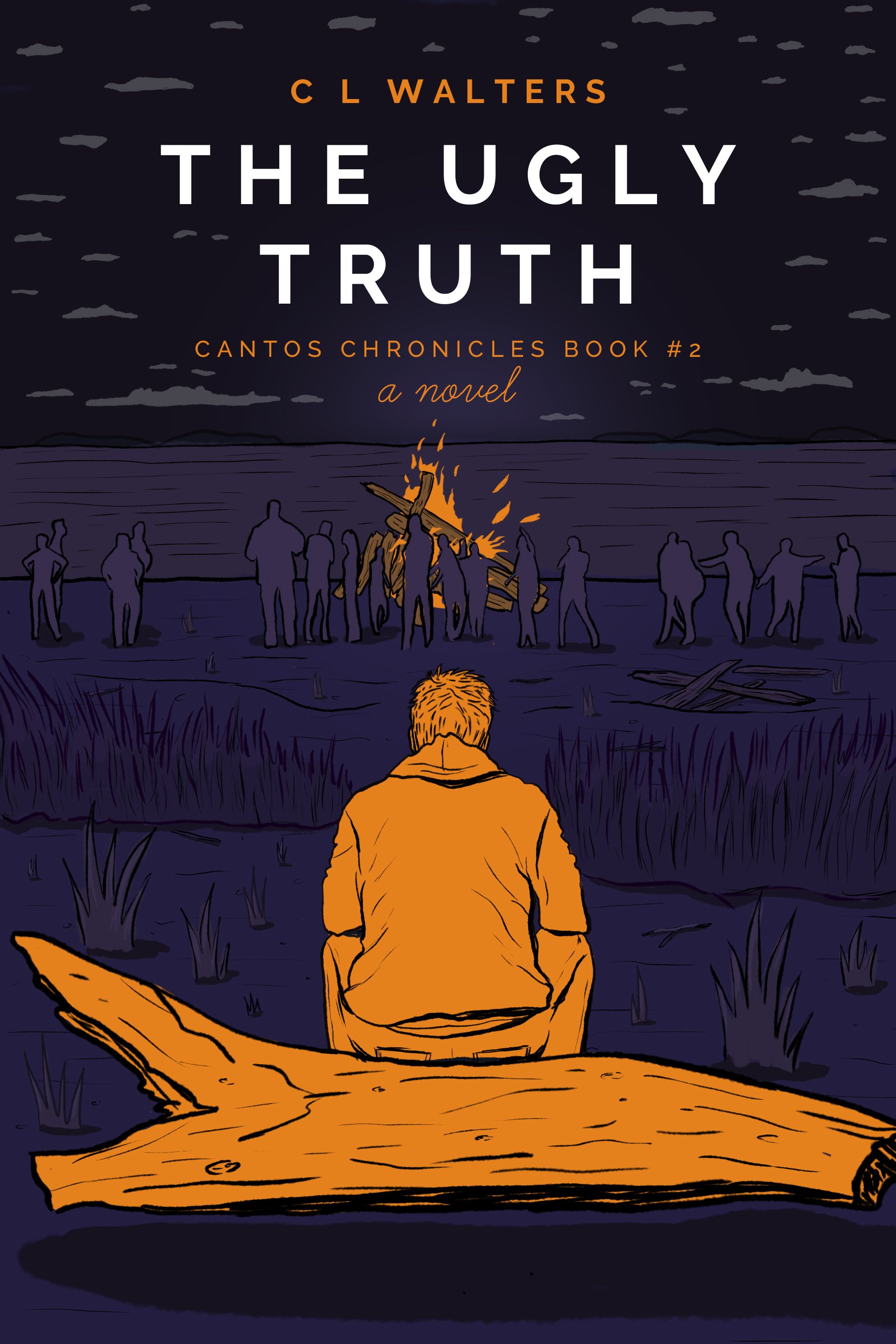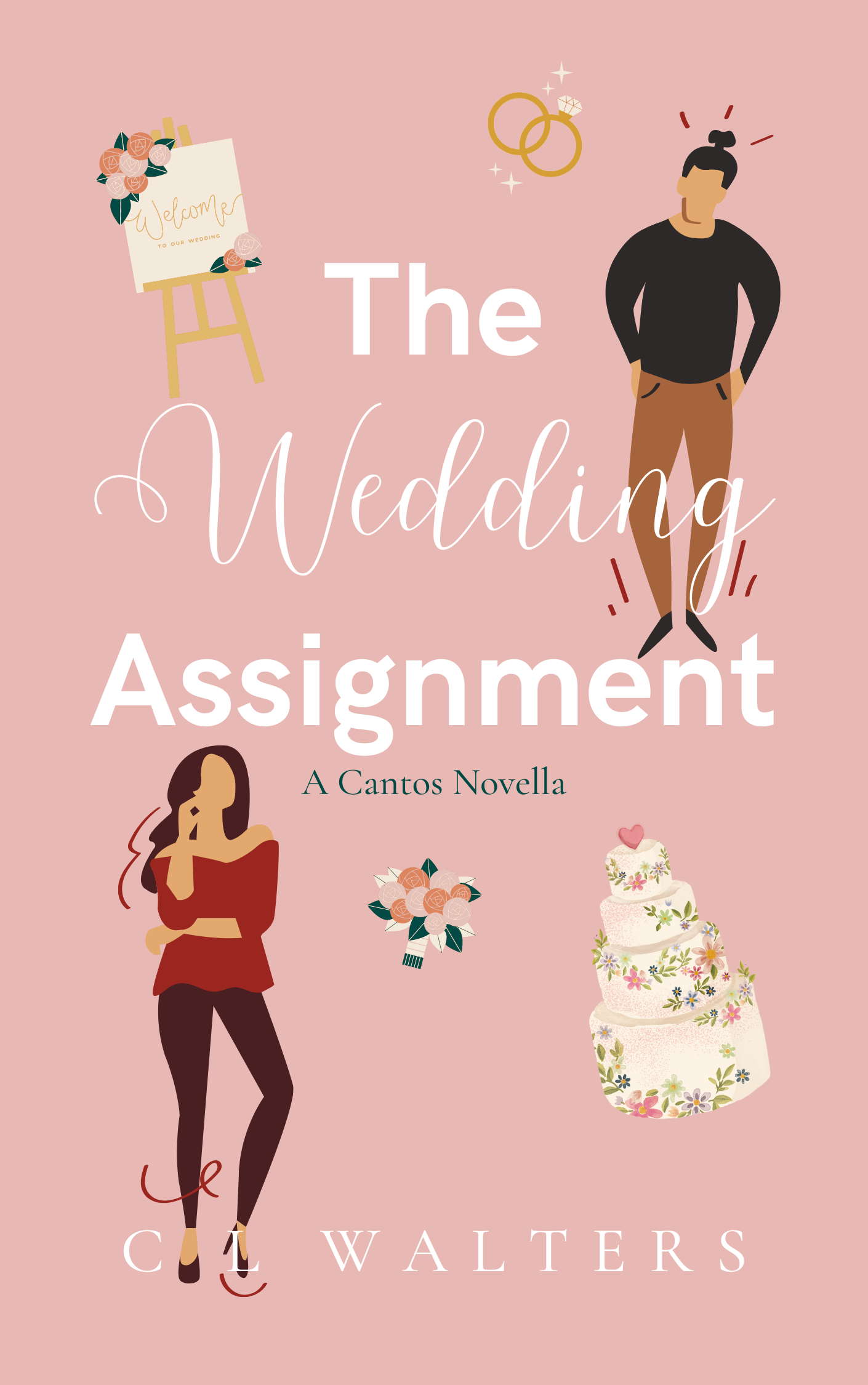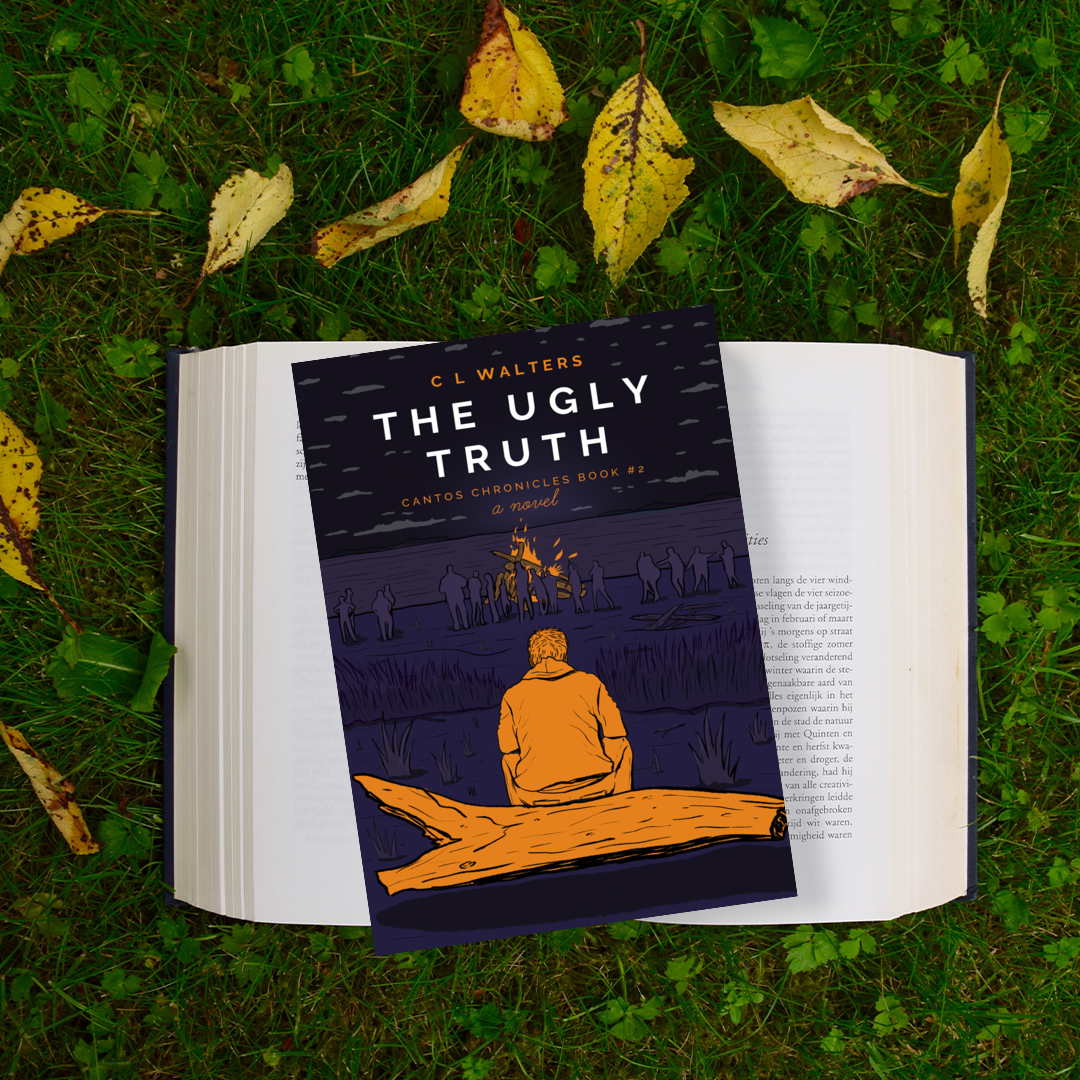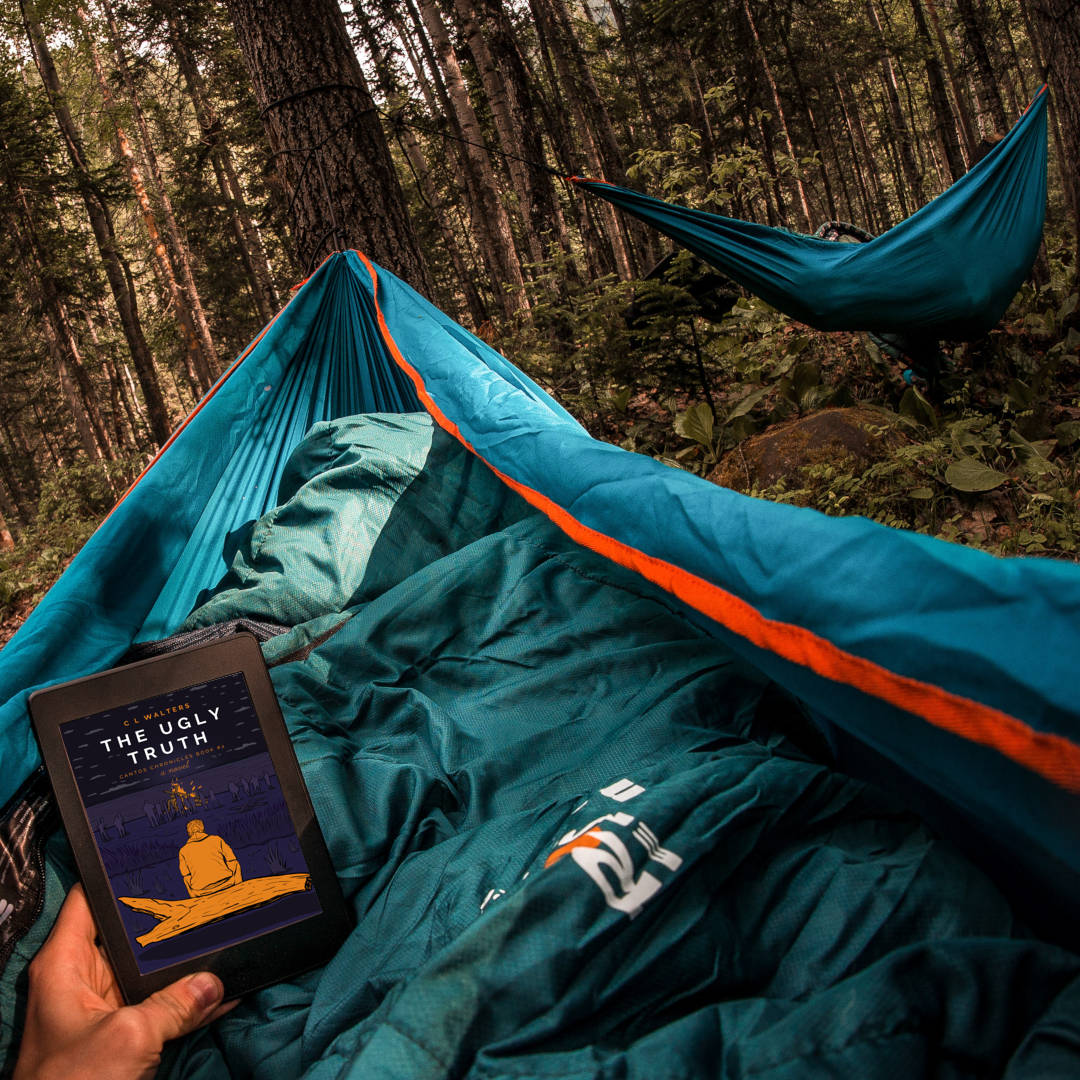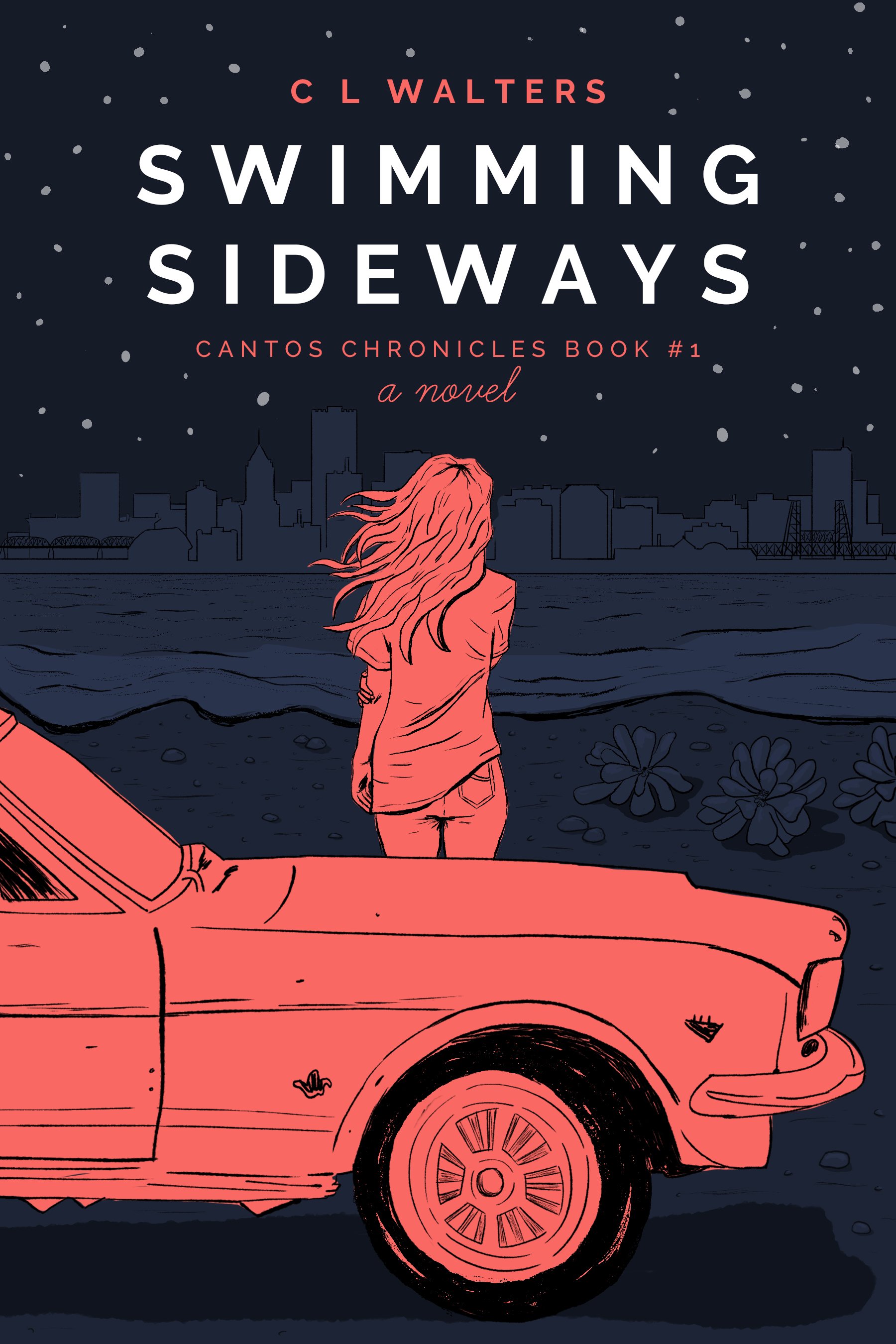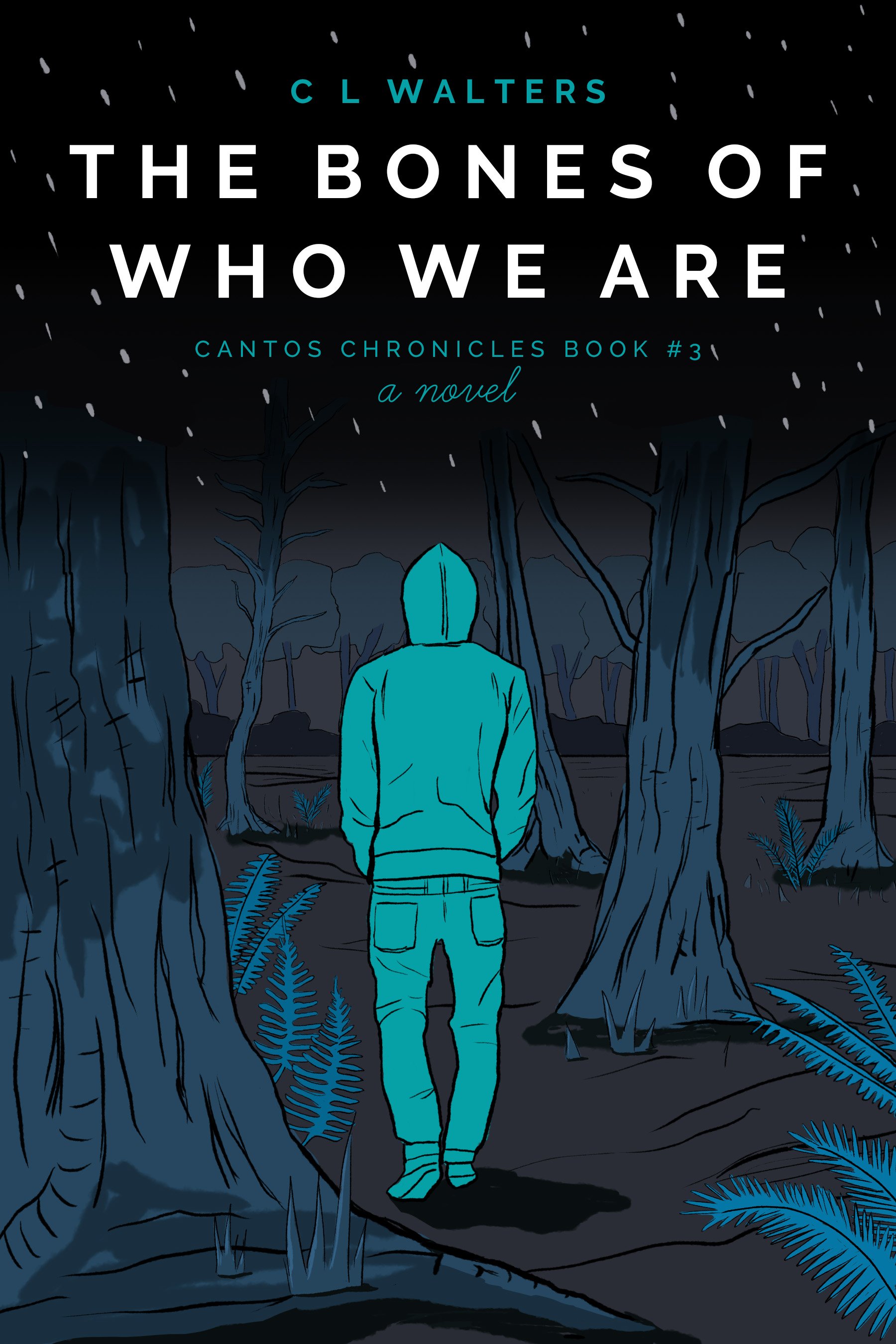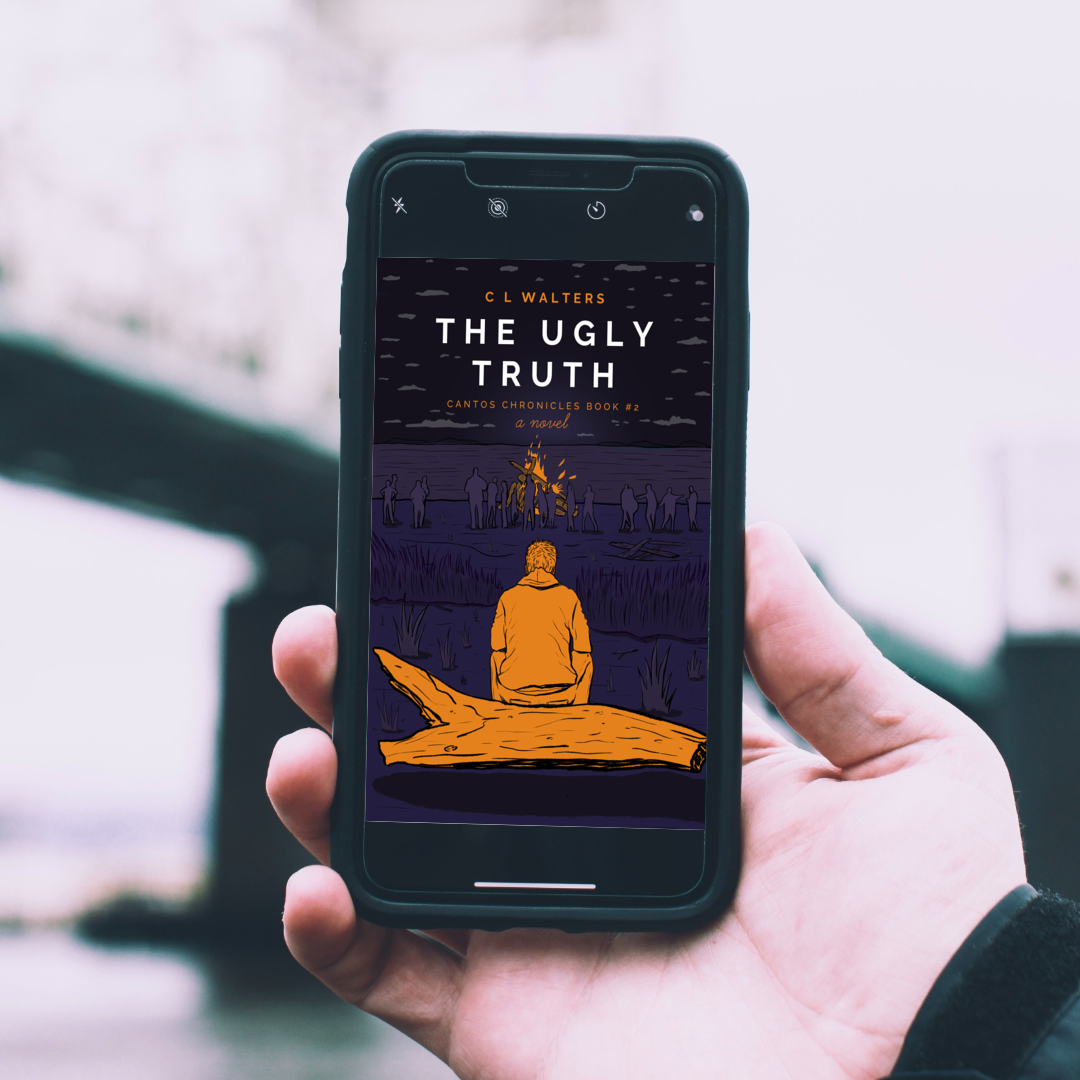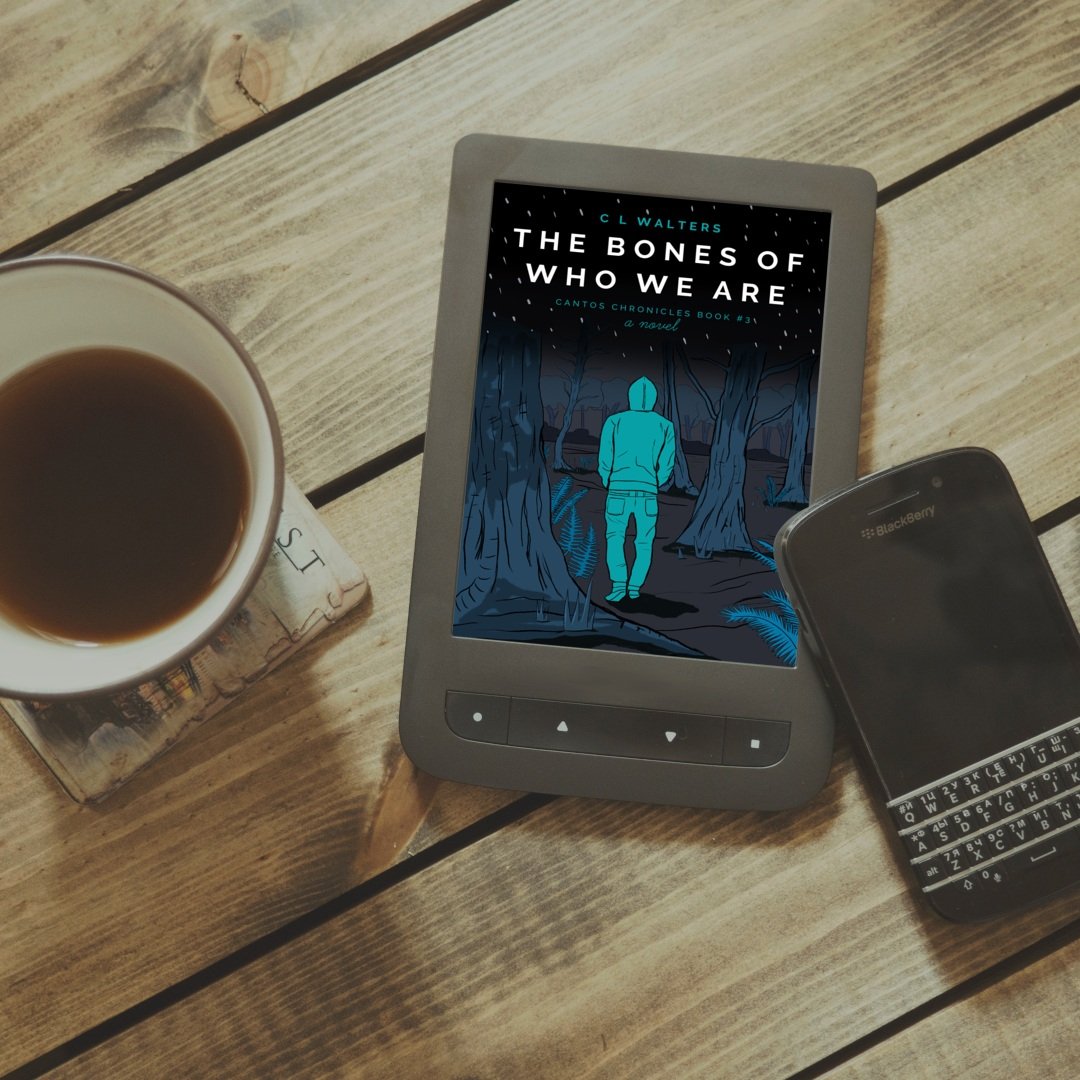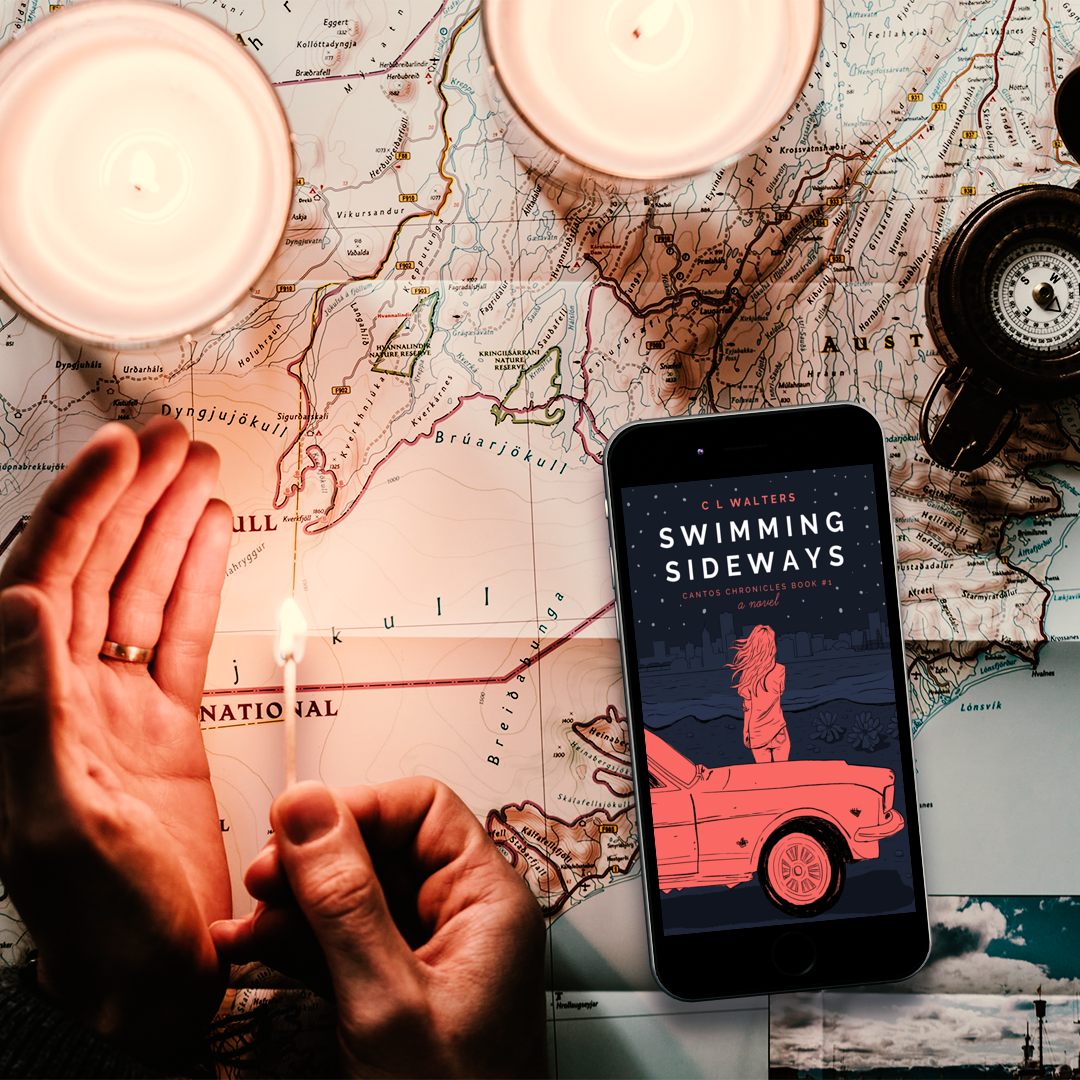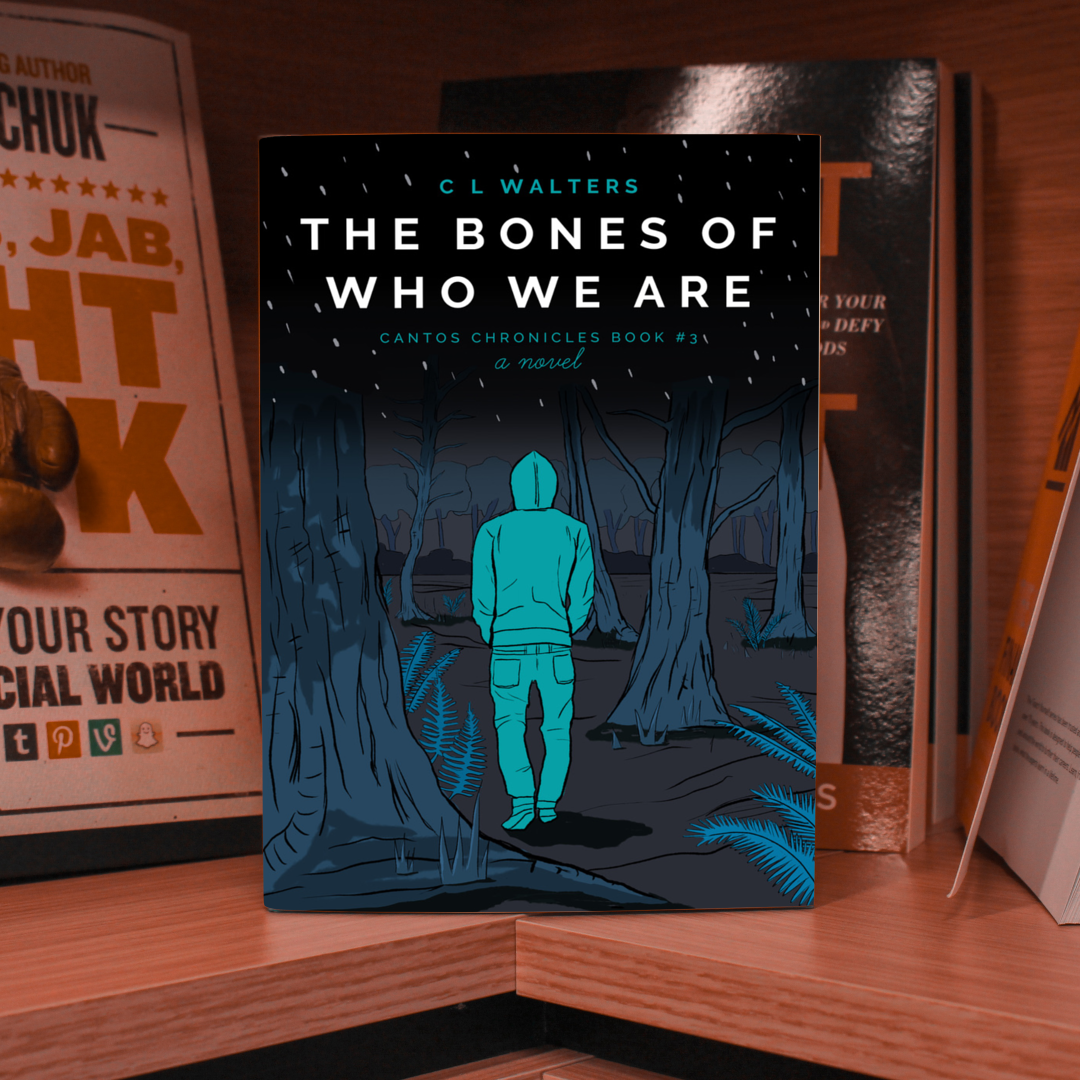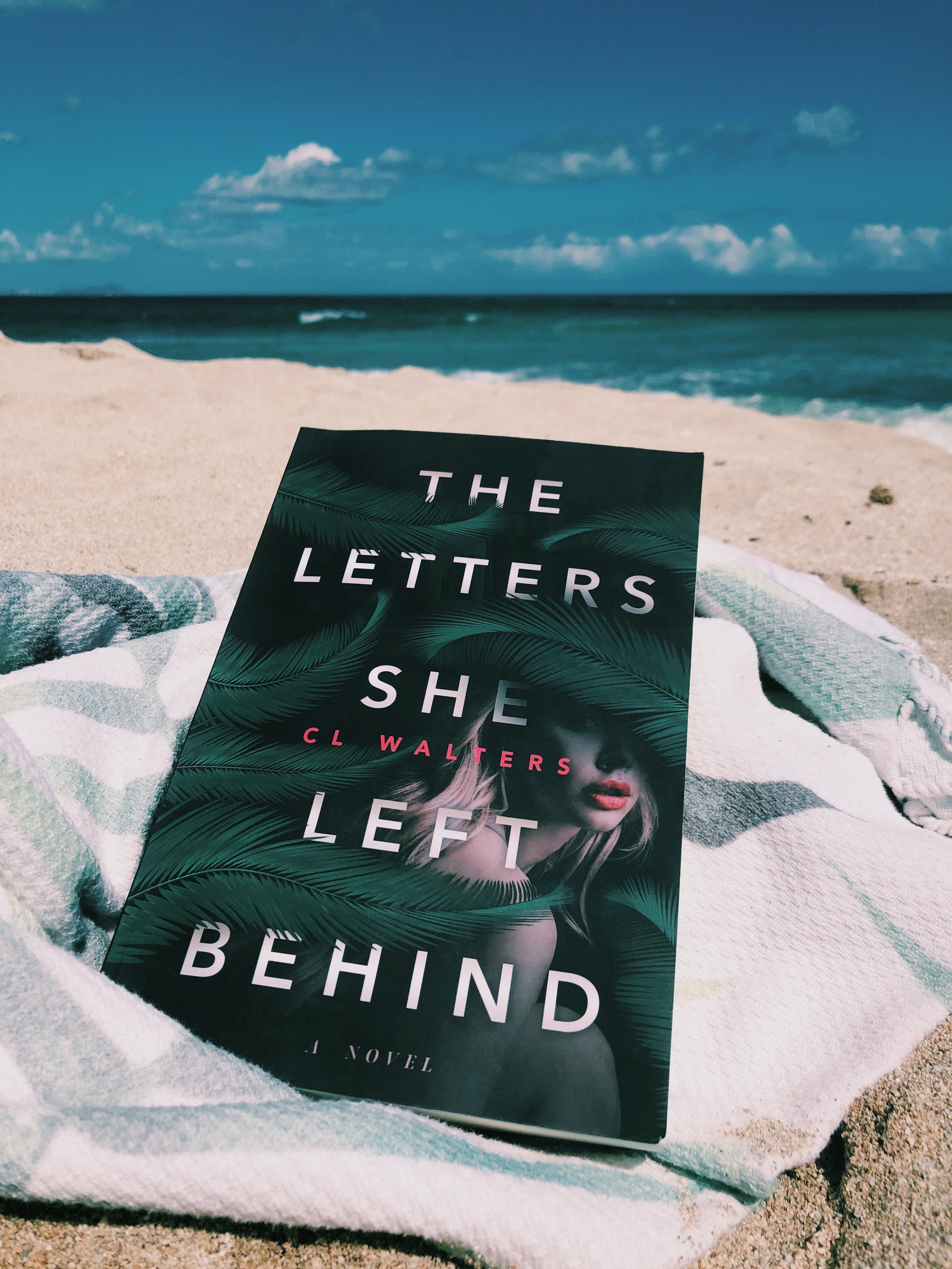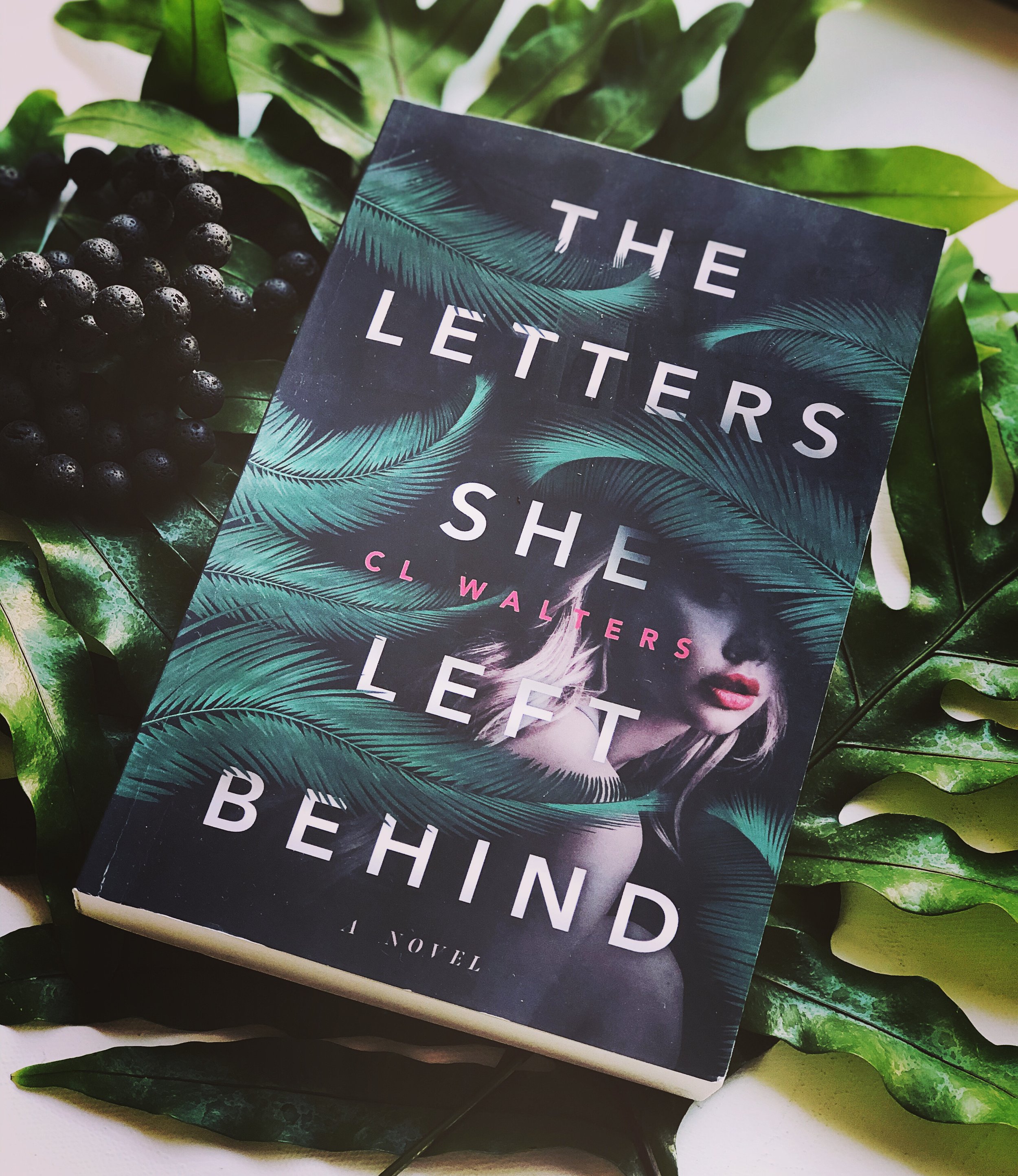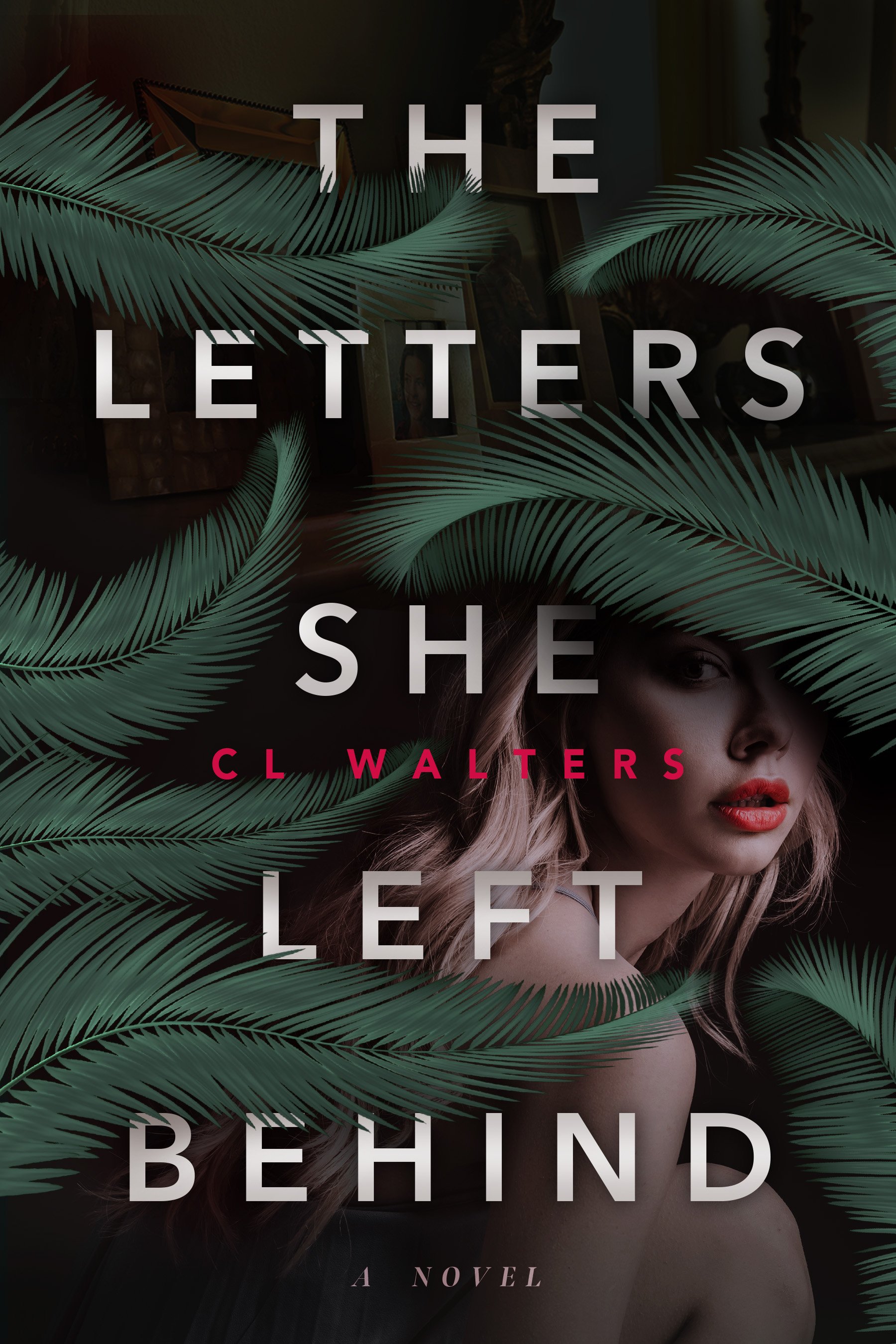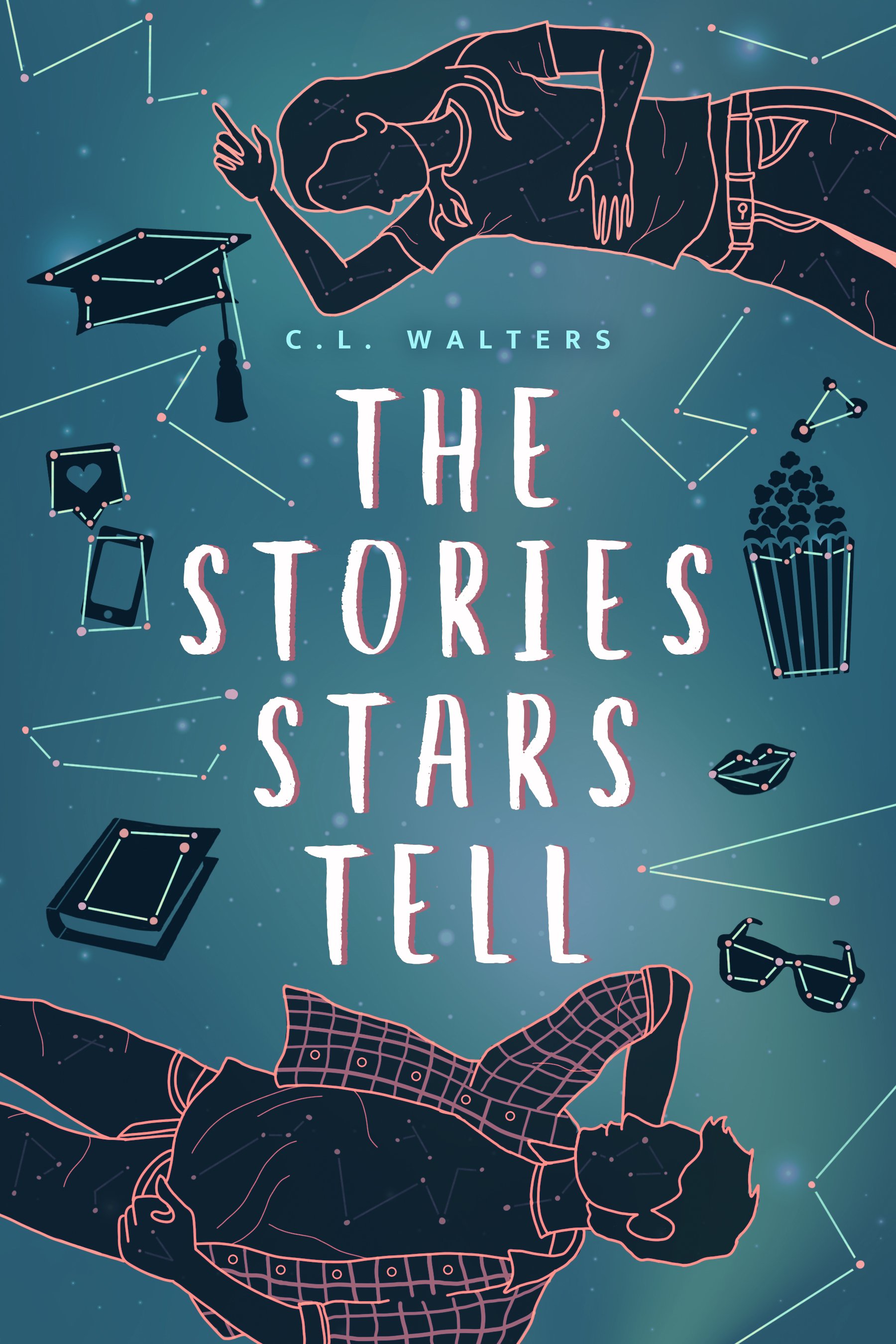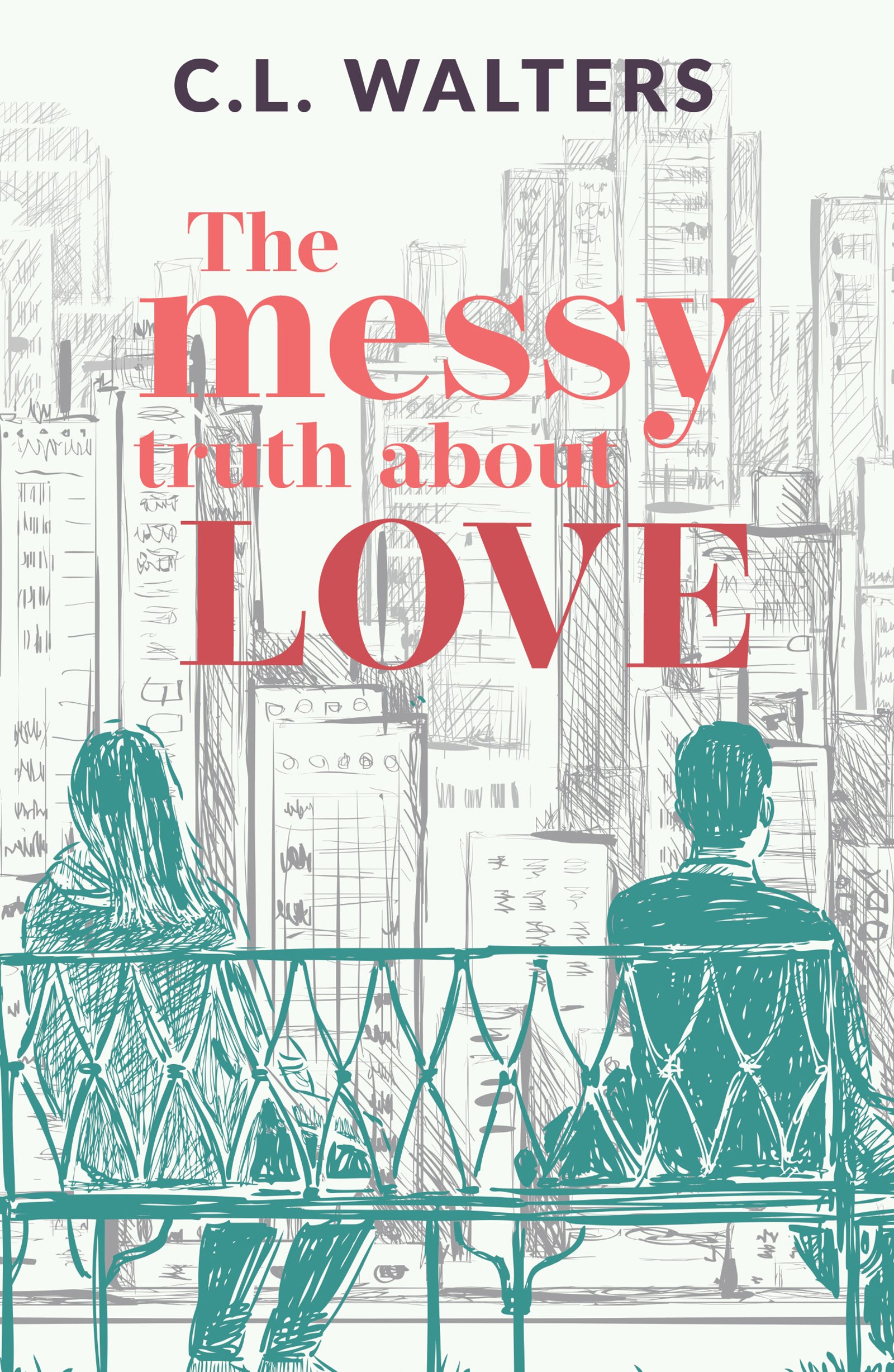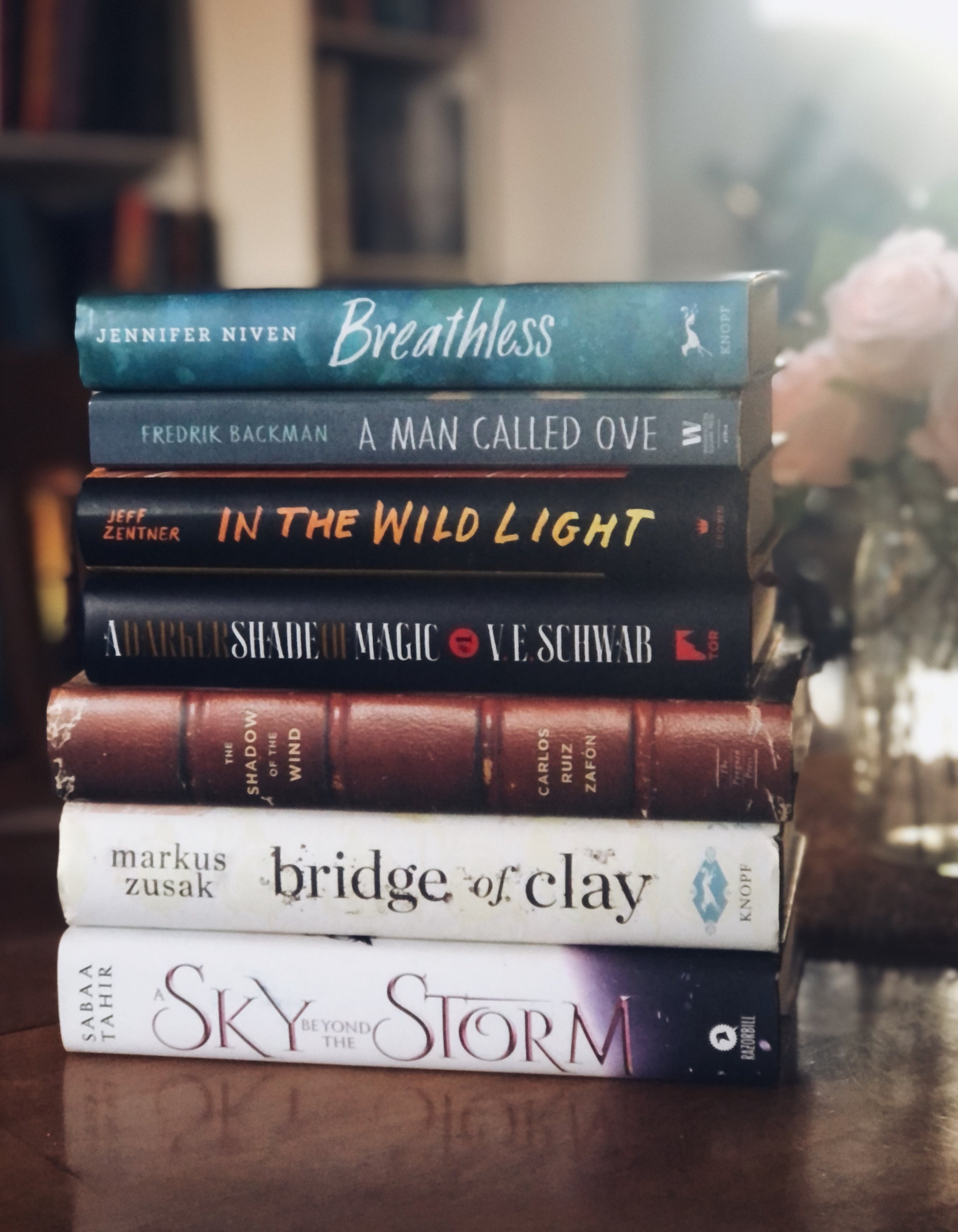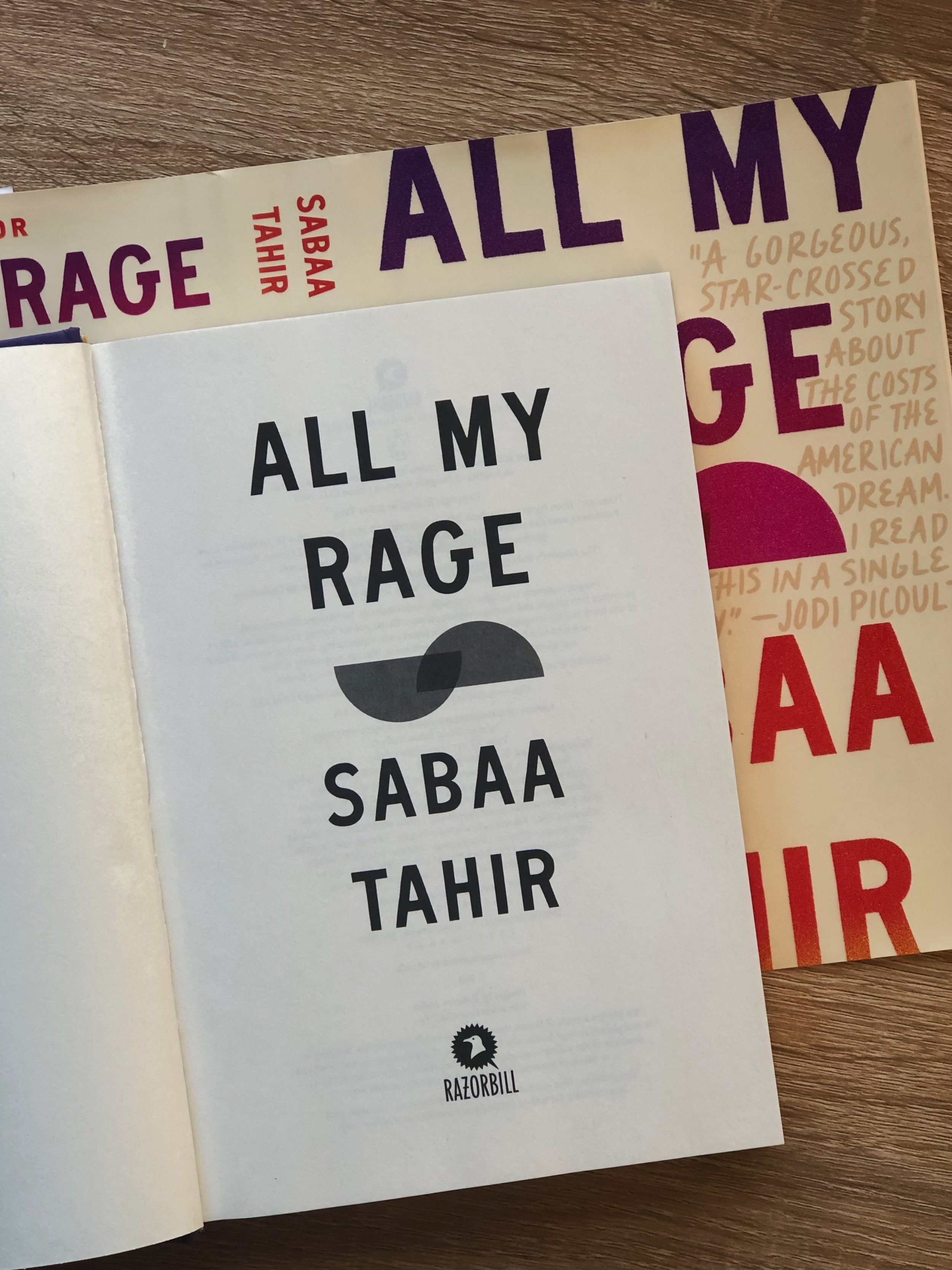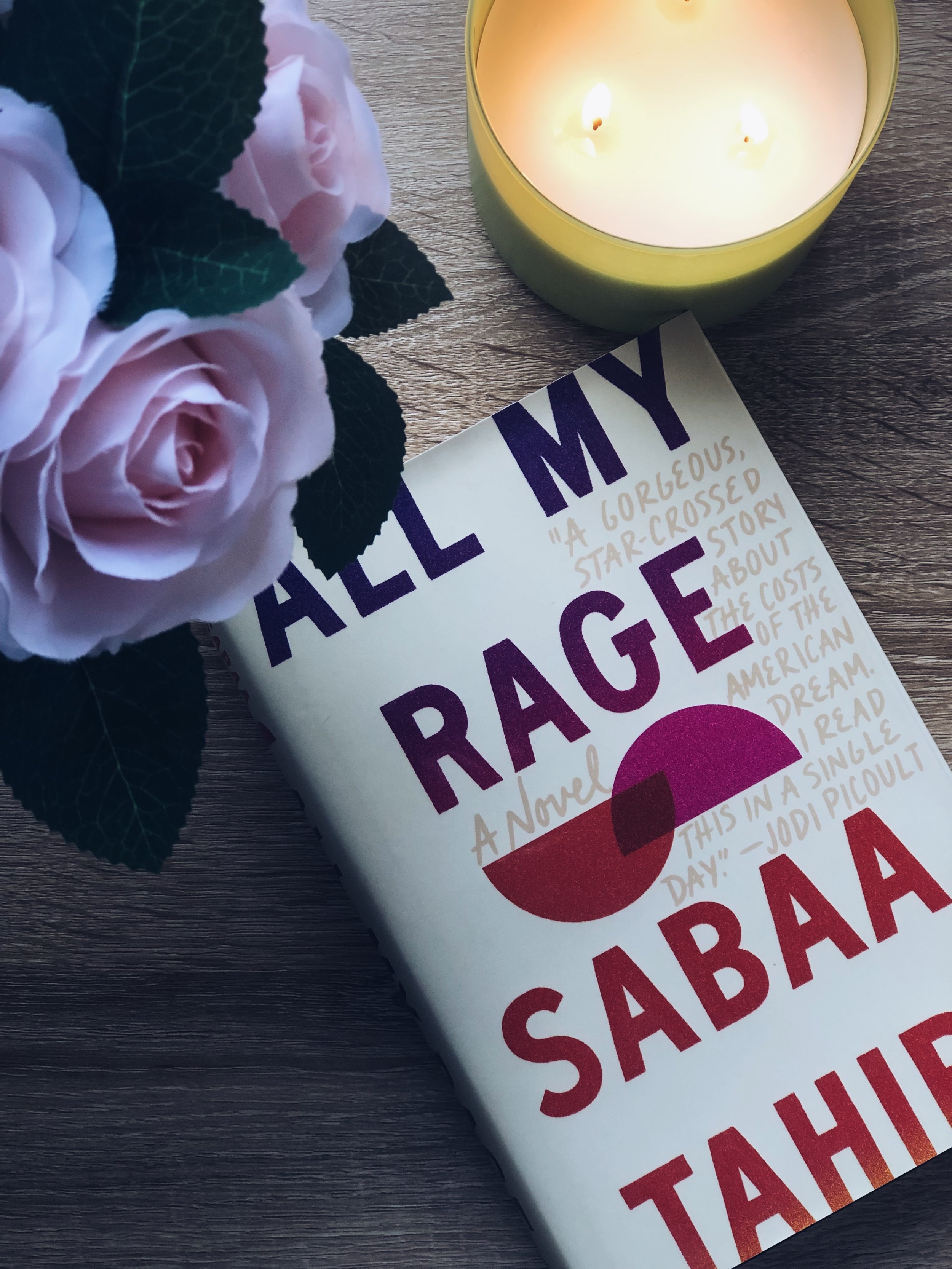In Honor of Pacific IslanDER Heritage Month
There are quite a few stories about people coming to Hawaiʻi to visit, then never leaving. Hawaiʻi is an amazing place, so I can understand the attraction (though I do have mixed feelings about it). My story, however, is a little different…
When I was eighteen, I went off to college. Ah hem. Okay fine. I didn’t even leave my hometown. I enrolled at my local college, started going to classes, and was well on my way to flunking out—yeah. I had no idea why I was there— when I met a guy. In hindsight, that exact reason was probably why I was initially there (which is a completely different story). His name was Vince, he played football for our college, and he was *Hawaiian from **Hawaiʻi.
*Quick lesson No. 1: I’m from Oregon. And as with most states in the United States, we tack on an -ian at the end of the world to indicate our state of origin. I was born and raised an Oregonian, for example. The same isn’t true for Hawaiʻi. People who live in Hawaiʻi aren’t indicatively Hawaiian, even those who were born and raised here. Hawaiians are a native group of people who are indigenous to Hawaiʻi. It’s disrespectful, then, to say that just because I’m from Hawaiʻi that I’m Hawaiian. I am not. The proper term would be to say I am “local”. For an interesting take on the origin of being a “local” in Hawaiʻi pick up John Rosa’s book: Local Story: the Massie-Kahahawai Case and the Culture of History.
*Quick lesson No. 2: I used to pronounce Hawaii as (Hah-why-ee). That, my friends, is incorrect. The correct way to pronounce this amazing place is Hawaiʻi (Huh-vī-ee—making sure that second sound—vī—is short and sturdy).
Long story short, after Vince and I dated, eventually making things exclusive, the school we were attending dropped the football program. Vince decided to transfer to play football for another school and suggested I transfer with him. I may not have known why I was in school yet, but I did like the guy. Why not? So off we went.
I did finally figure out why I was in school—majored in English—and we continued dating while we went to school. Our relationship turned into the five-year variety, and we got married in 1997. And then I moved to Hawaiʻi (did you say it right?) that same year. Married for nearly 26 years now, I’ve lived in Hawaiʻi longer than I lived in Oregon. I am so grateful to call Hawaiʻi home.
(You can find this post on Substack, here.)









